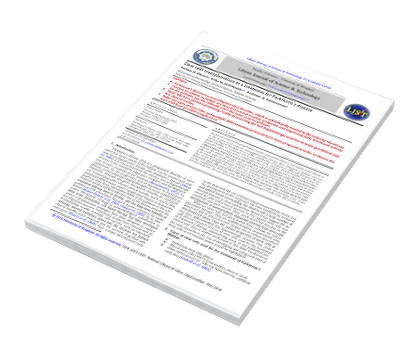Stem cells transplantation as a treatment for Parkinson’s disease
DOI:
https://doi.org/10.37376/ljst.v11i1.2432Abstract
Abstract
Parkinson’s disease is a progressive disorder of movement that occurs mainly in the elderly. It is the second most common neurodegenerative disease after Alzheimer’s disease. Current pharmacological therapies focus on the substitution of dopamine, although this gives therapeutic benefits, its continued use is associated with reduced clinical benefits and it may be associated with a major motor complication known as dyskinesia. Due to their ability to transdifferentiate to dopamine producing cells, stem cell transplantation could be a long-term solution for the disease. Although many preclinical studies showed that different types of stem cells could improve the motor behavior in animal models of Parkinson's disease, there seem to be some technical challenges in the way of testing these cells on patients with the disease. This review highlights the recent advances in the use of three different types of stem cells; embryonic stem cells, neural stem cells, and other stem precursor cells. It particularly focuses on the complications that may arise from using each type of cell, summarizing some of the preclinical studies. Recent clinical studies using different types of cells were also reviewed.
Downloads










 LJST Copy rights form
LJST Copy rights form


